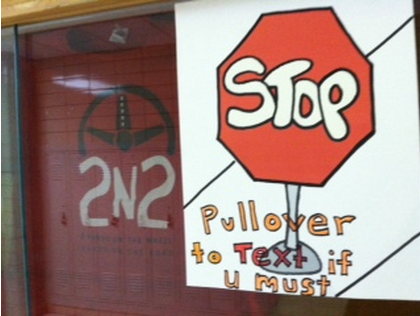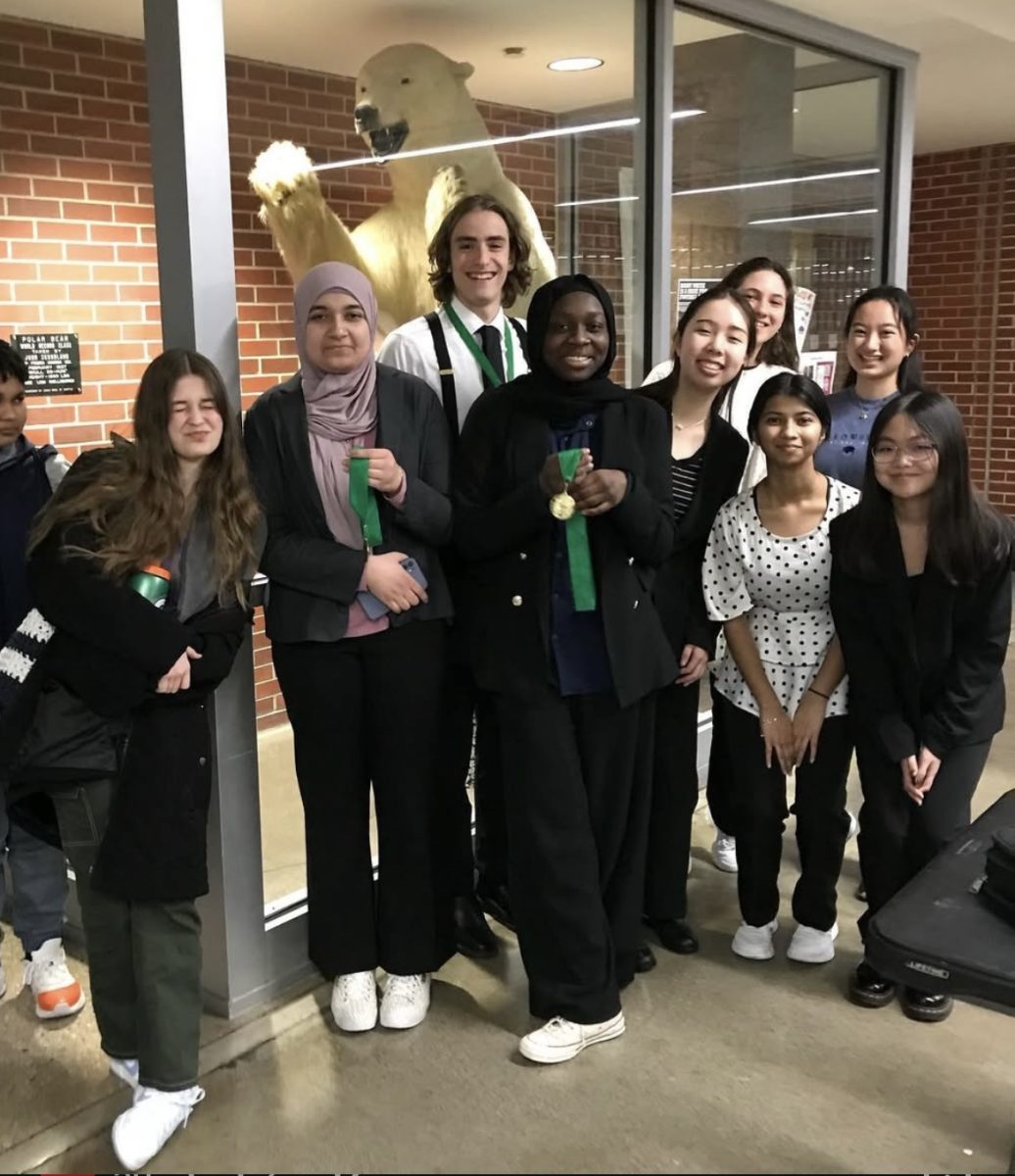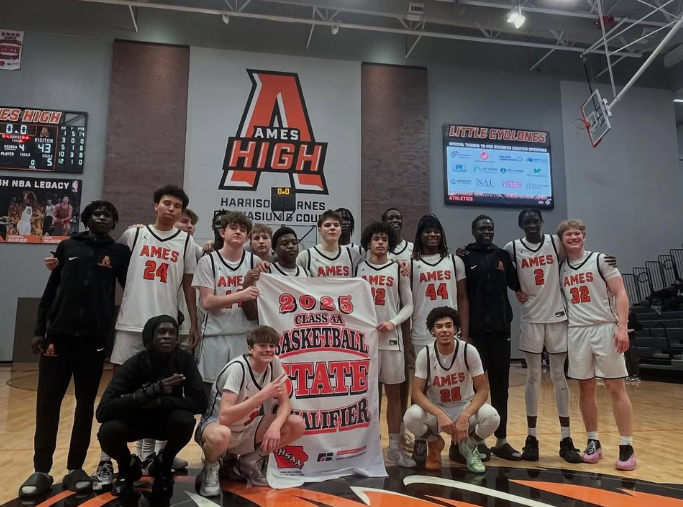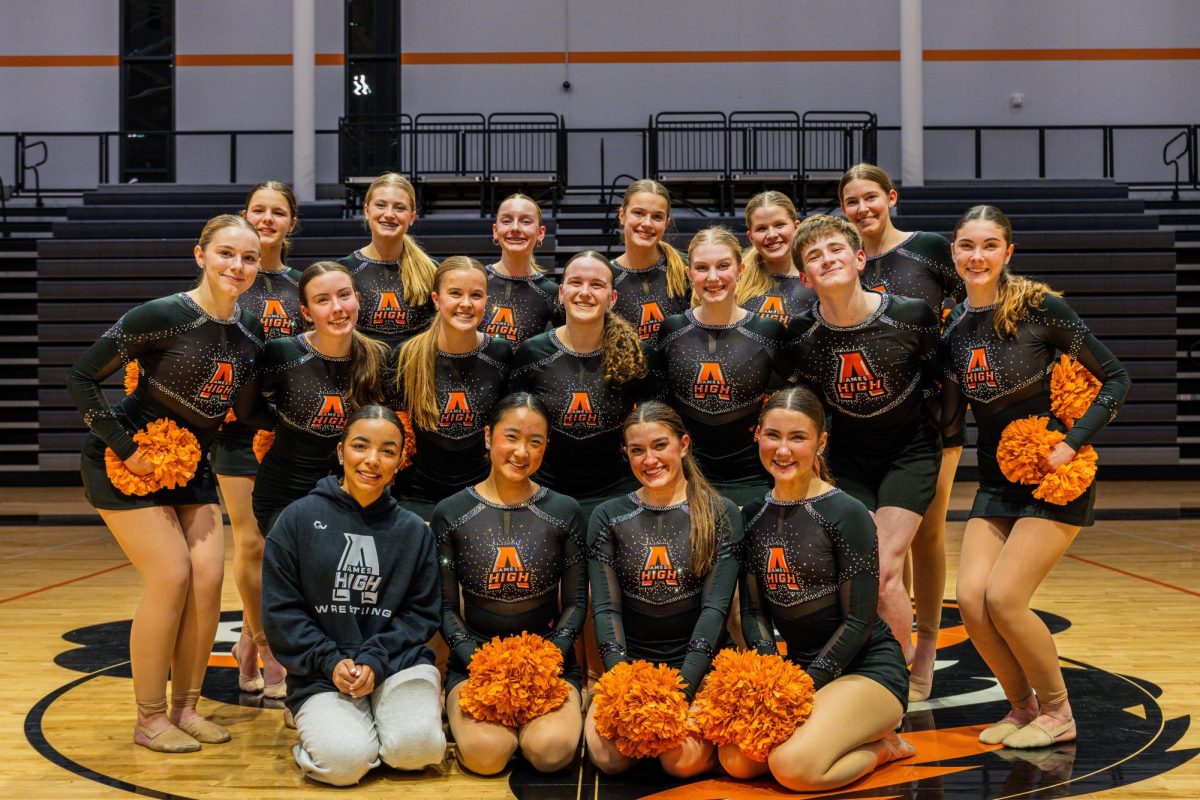Drive Safe Week

As the necessity for smart phones increases, distracted driving has become the leading cause of vehicle accidents. Whether it is talking on the phone, texting, or even changing the song on the Pandora app, drivers who utilize their phones while driving are almost five times more likely to get into a crash than those who do not. Determined to make the student body accident-free, Ames High hosted a pledge-week where students were encouraged to advocate safe driving.
The point of the program was for students to become more aware of how their decisions can affect others. “To anyone that is behind the wheel, it [texting and driving] is very dangerous,” said Principal Spence Evans, “It could cause you to get into accidents and hurt yourself and others.”
Our principal strongly opposes the use of handheld devices while driving, as does the rest of the administration. “I hope hope hope that they [students] will know that it just takes one time and it’s not worth it to be distracted, or to drive crazy just for a few kicks,” said teacher Stacy Dobernecker. “Bad stuff can happen and as Spence said, it will haunt you forever!”
But what does the student body have to say? Is distracted driving really that big of a deal?
Several wireless service companies have teamed up with texting and driving prevention agencies to create public service announcements that are now present on our TV and computer screens. Viewers are shown personal stories about how lives were changed and families were broken in half a second, but is awareness really the issue?
“People get into habits like texting or answering the phone and nothing bad happens so they think it’s okay,” said junior Andie Newell.
It’s easy to imagine why sending a text-message can be so dangerous. In driver’s education, students are presented with endless videos of fatal accidents caused by texting while driving. Before receiving their license, 15 year olds are forced to watch countless incidents where best friends are lost all because of a sparsely worded text saying “I’m on my way.” So it’s not a matter of awareness, but a matter of ignorance. Another student stated, “We know accidents happen because of it, but I guess we just don’t think it will ever happen to us.”
As tempting as it is to reach over and shoot a text on the road, students must become aware of how dangerous such a simple action can be. In 2011, over 3,000 people were killed in accidents involving distracted driving. It is safe to assume that none of these victims thought it would happen to them either. Don’t text and drive.
Your donation will support the student journalists of Ames High School, and Iowa needs student journalists. Your contribution will allow us to cover our annual website hosting costs.






















